In the first several weeks, having your one-month-old baby at home with you may have been overwhelming. You may quickly feel more secure and at ease as the weeks pass and you progressively acclimate to this new tiny person in your life. But don’t get too comfortable! Newborns grow and develop quickly, and your baby will keep you on your toes in weeks five, six, seven, and eight. To help you feel more prepared, we’ll go over some common milestones for a 1-month-old infant, explain what you need to know about feeding and sleeping during this period and alert you to any potential problems.

Milestones in Infant Development
Your baby is one-of-a-kind (of course, you already knew that!) It’s natural for her to develop at her own speed. Don’t be shocked if your baby’s development appears to lag in one area for a few weeks, only to catch up soon after. Here are some baby milestones to look forward to now that your child is one month old.
Chubby Cheeks: Physical Development and Growth
Is your kid seems to grow out of her garments at breakneck speed? This month, babies gain 1 to 12 inches in length and 1 to 2 pounds in weight on average. Your healthcare practitioner will look at your 1-month-old baby’s weight, length, and head circumference at the upcoming health exam and plot these essential measurements on baby growth charts. What matters is that your child grows at a consistent rate. However, your baby will have growth spikes from time to time.
You may observe that your baby’s head is significantly larger than her body. This is quite normal: her head is growing faster than her body, and her body will soon catch up. Your baby’s muscles will also begin to grow and strengthen. Fortunately, she’ll keep those adorable fat cheeks for a long time!
Senses: Keep Your Eyes on That Rattle
Your infant is constantly taking in the sights, sounds, and smells around her. This month, your baby may be able to focus better on faces and objects, and she may soon begin to track them with her eyes as they move in front of her. In the next month or so, she may start reaching for objects. If you hold a rattle in front of her, she may begin to swat at it.
Movement: Exercise Your Leg Muscles
This month, your baby’s movements will still be primarily reflexive, but some of the reflexes that were present in the first four weeks may begin to fade and be replaced by more controlled movement. She may momentarily raise her head up when on her tummy, and she may begin to stretch her arms out more instead of clutching them close to her body. She might also start stretching and kicking her legs out. It may appear to be a minor detail, but she is working hard to improve her leg muscles. Keep in mind that even very young babies can roll over, so keep an eye — and a hand — on her while she’s up high, as on a changing table.
Communication and Crying: I’m bored (or hungry) Mom!
This month, your baby should be able to communicate more clearly. For example, if she is bored, she may cry out until she is shown something new. If she’s amused, she might answer with a smile. Around this stage, you should be able to distinguish the difference between her hungry, weary, and irritated cries. If you haven’t seen it yet, you might see her first true smile, also known as the social smile, this month. When she’s awake, she’ll give you that small grin in response to something like the sound of your voice — and your heart will melt.
How to Encourage Your Baby’s Development
Here are some ideas for you to try this month:
It’s cuddle time
Cuddle your infant as much as possible – it’s a terrific method to bond with your child! According to experts, the faster and more consistently you console your baby when she is upset in the first six months, the less demanding she will be when she is older.
Visual stimulus is provided.
At this age, your infant may choose to examine objects with straight lines, such as stripes or checkerboard patterns. Choose a mobile or toys with vivid, contrasting colors and patterns — she’ll be unable to take her gaze away from this visual feast!
Toys that are tactile.
Touch is another way for your baby to learn about the world. Give her toys with different textures, shapes, and sizes.
Talking with your baby.
Allow your baby to “speak” to you through her coos, gurgles, and smiles, and then respond with words, sounds, and facial expressions. Your kid will eventually learn to emulate you, so these early “conversations” are beneficial to her growth.
Getting physical
Continue to practice tummy time while gently stretching your baby’s arms in front of her to make a “clap” and move her legs as if she were cycling. All of this aids in the development of her muscles and movement.
Bonding
Providing your infant with stability and trust allows her to attain her greatest potential. Learn more about connecting with your newborn in everyday situations.
However, keep in mind that young babies can only absorb so much new knowledge. Allow your baby to rest if she shows signs of exhaustion, such as looking away or crying.
A Day in the Life of Your Baby
Every baby is different, but here’s a glimpse of what a typical day could look like with your baby.
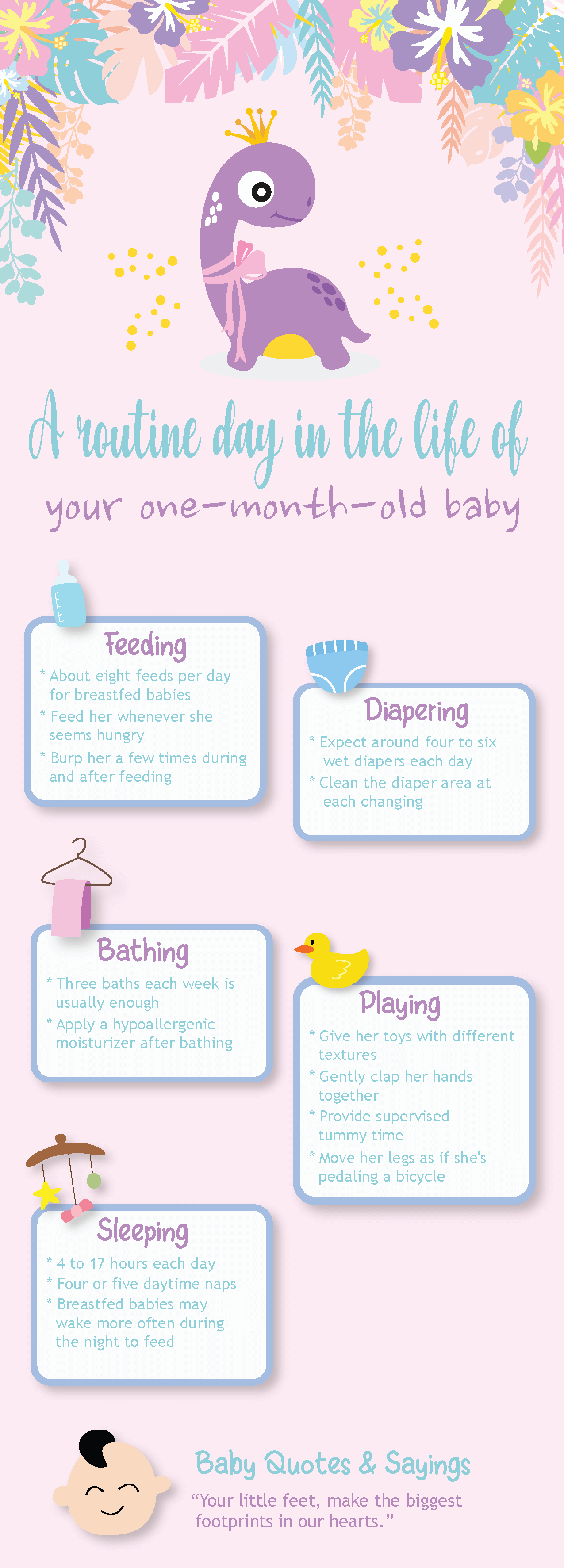
Feeding Your One-Month-Old Baby
You might be wondering how much you should feed your 1-month-old baby as she grows. Feed your baby anytime she appears hungry. At this age, that’s probably eight times in a 24-hour period for breastfed kids or three to four times in a 24-hour period for bottle-fed newborns. If your baby is in the middle of a growth spurt, she may want to eat more frequently.
Burping Your Baby
When babies feed, they can swallow air — more frequently while bottle-fed than when nursing. This inhaled air can make them feel uneasy and fussy. Burp your baby during bottle feeds or when switching her from one breast to the other to aid. To protect your clothes from spit-up milk or formula, use a burp cloth or a tiny blanket, and try one of these burping positions and techniques:
Wet and dirty diaper tracking: At this period, newborns may create four to six wet diapers per day. There is a wide range of “normal” when it comes to poopy diapers. Most newborns will have at least one bowel movement each day, but some may not defecate for several days or even a week. This is most likely fine as long as the stool consistency is normal — soft and a bit runny — and your 1-month-old infant is eating well and gaining weight. If you’re concerned that your kid is wearing too few diapers, talk to his or her doctor.
This page is based on professional advice from reputable medical and government organizations, such as the American Academy of Pediatrics and the American College of Obstetricians and Gynecologists. This page’s material should not be used in place of professional medical advice. For a complete diagnosis and treatment, always seek the advice of a medical expert.







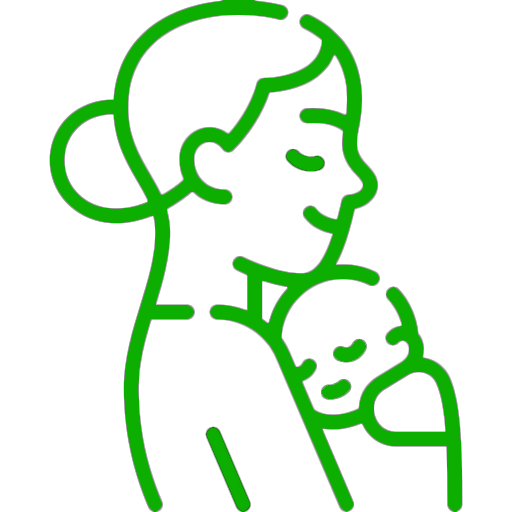
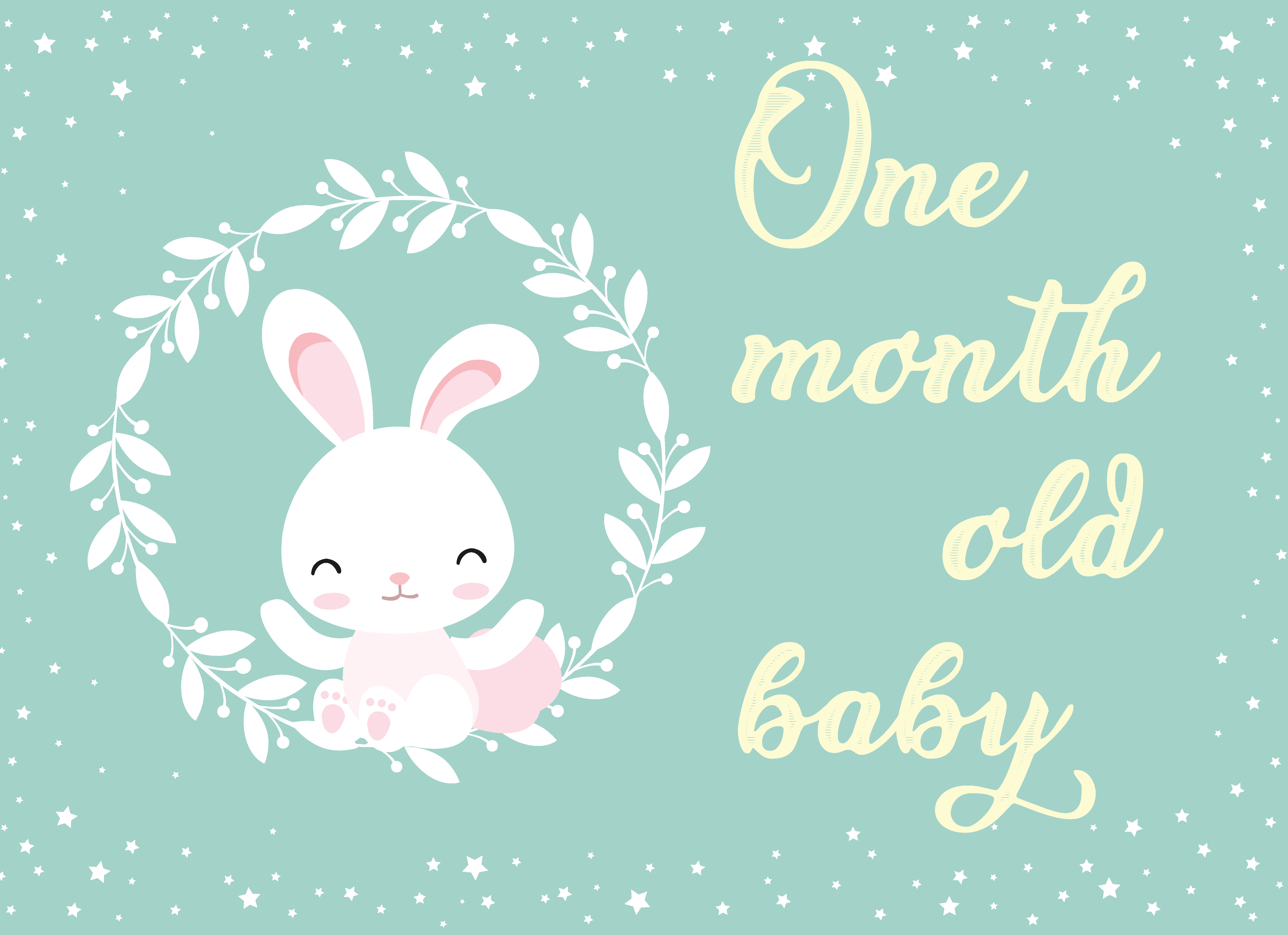
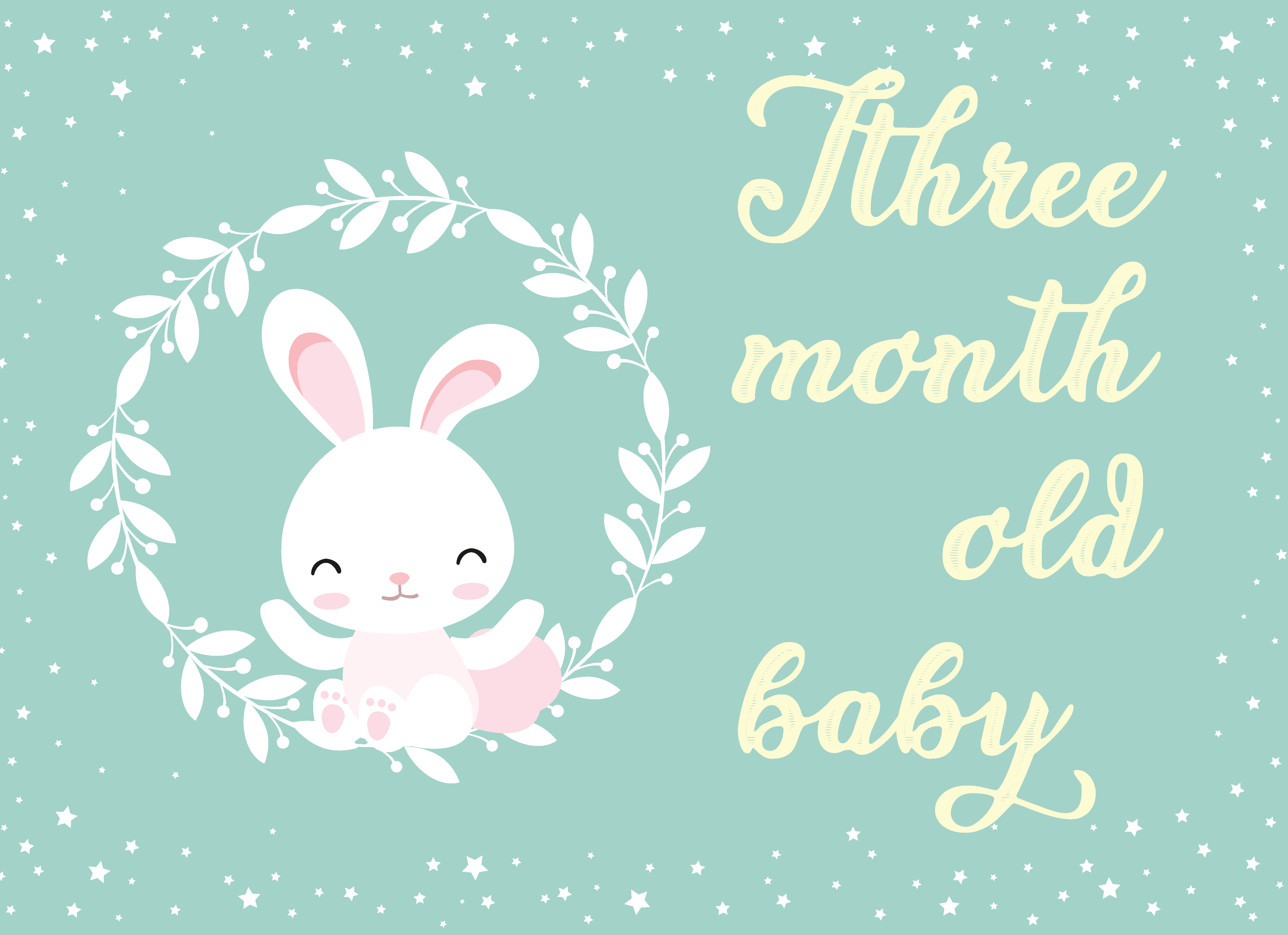
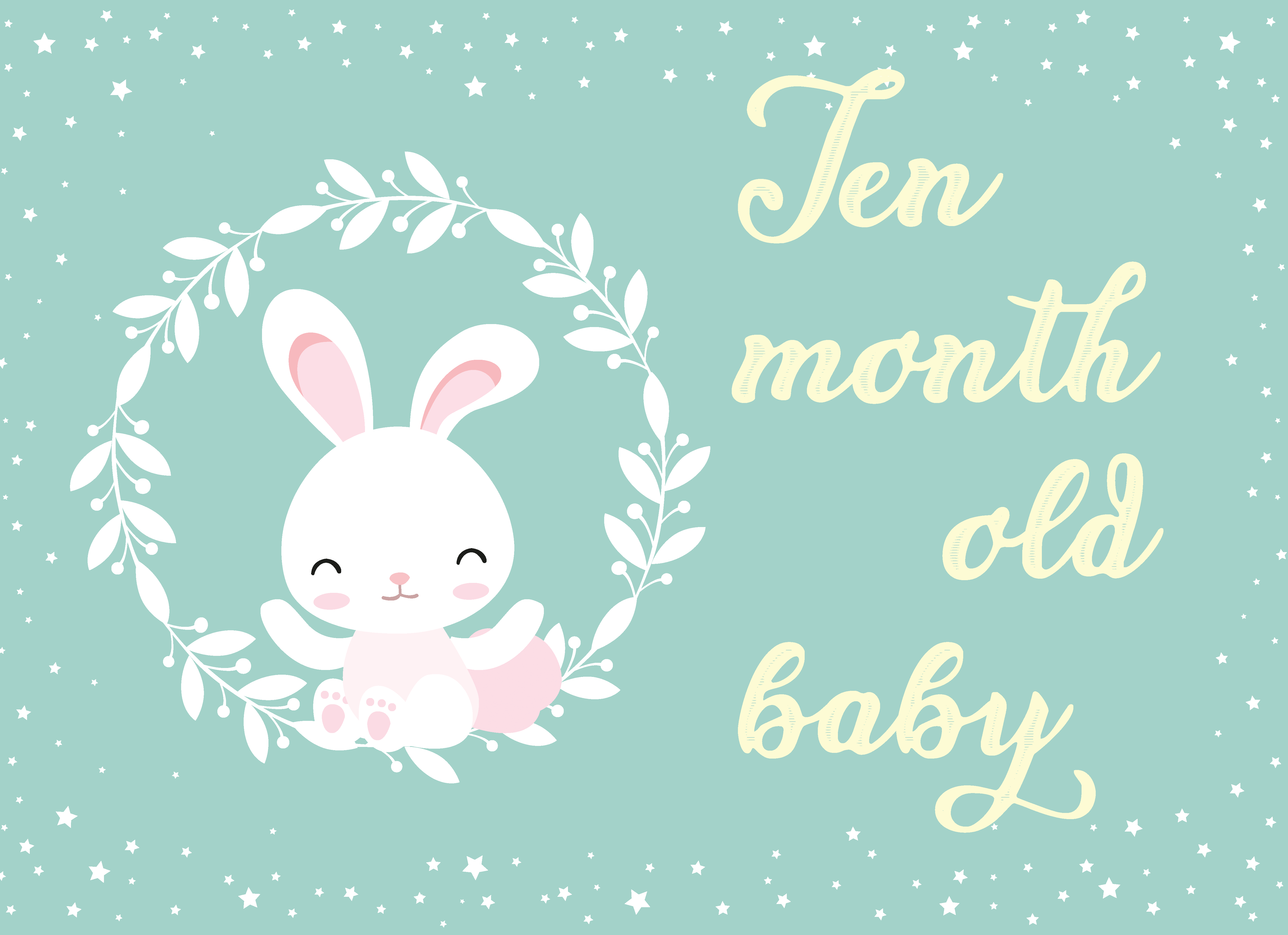
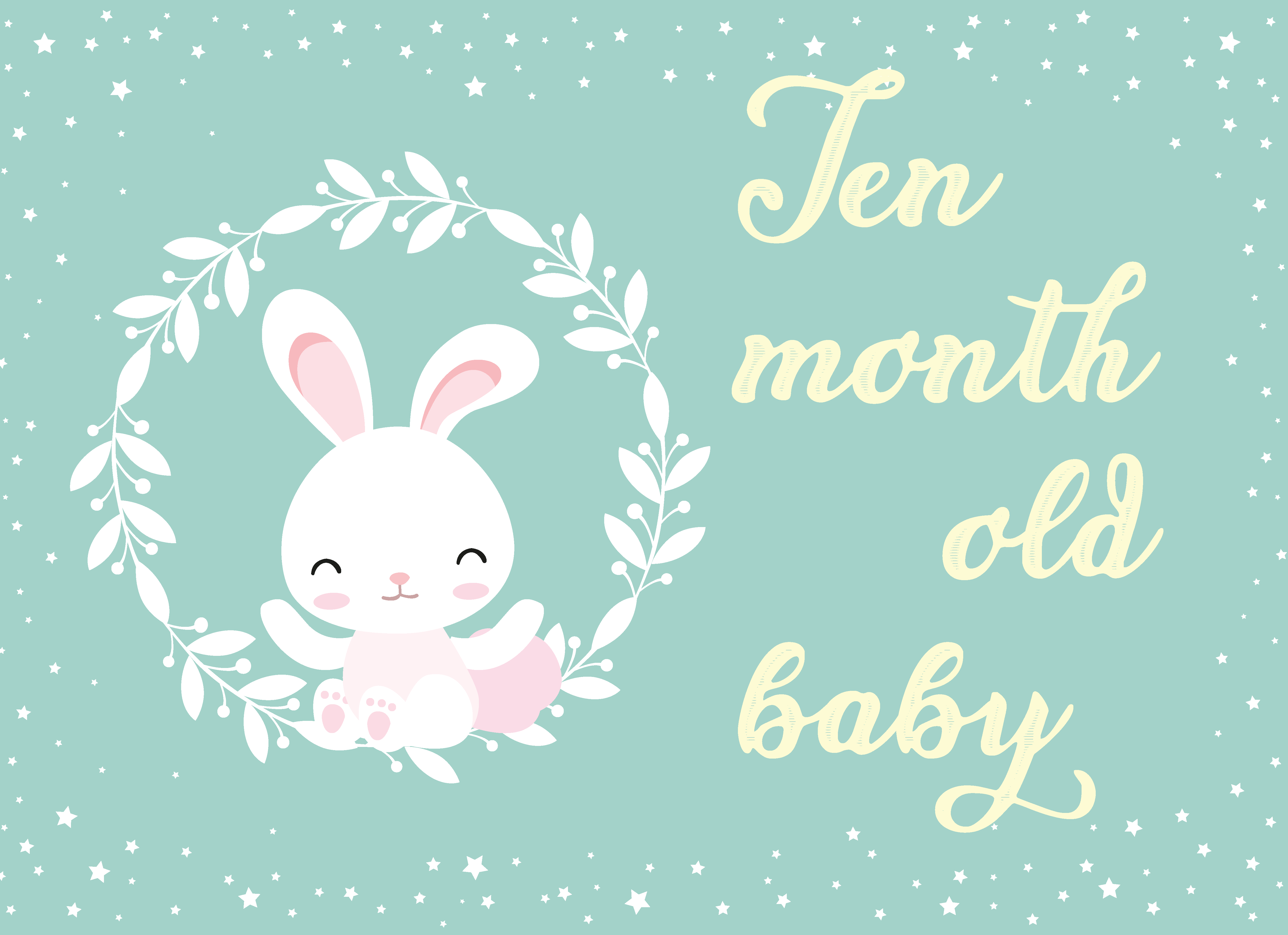


Leave a Reply
View Comments